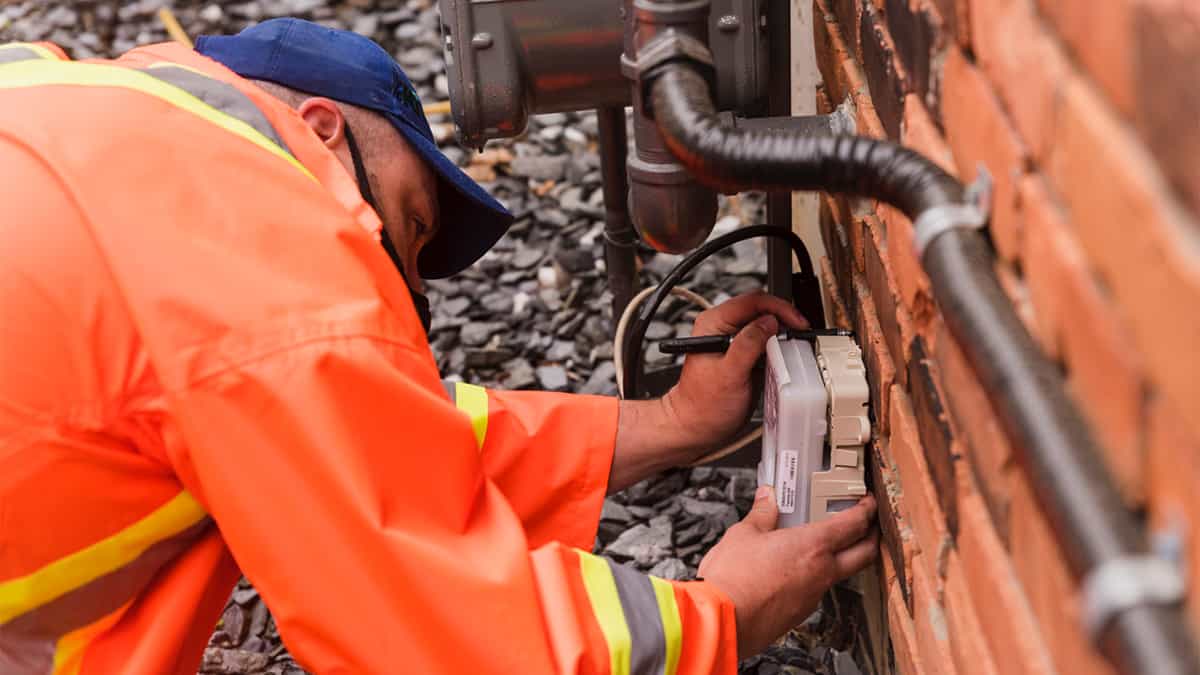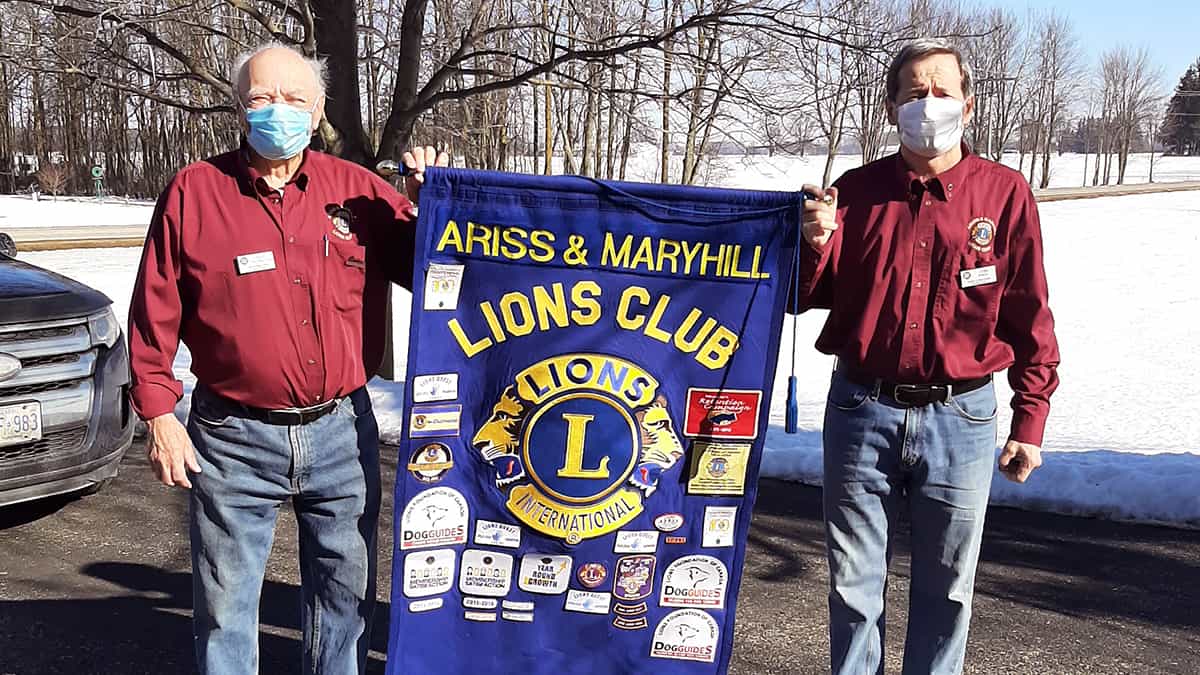Long a manual task, the job of reading water meters in Woolwich Township is becoming automated.
Work is now underway installing radio transmitters on the meters at some 6,200 households, with contractor KTI Utility Services this week wrapping up in Heidelberg, adding the village to a list of completed settlements that includes Maryhill and West Montrose. The larger jobs of Breslau, Elmira and St. Jacobs await, with Conestogo next on the list.
The work is part of million-dollar, multi-year conversion to a remote meter-reading system.

“Right now, it’s all managed on paper – it’s highly inefficient,” said township director of finance Richard Petherick, noting the current system involves having people walking around and manually reading meters, then having to enter the information into the billing system by hand.
“It’s not really efficient at all.”
Along with some cost savings, the big advantage is the level of customer care. The township will be more able to quickly track any unusual shifts in water usage, alerting the homeowner, said Petherick, with computerized information making it easier to spot leaks or other problems.
“We’ve seen some interesting leaks,” he said. “Homeowners often didn’t find out until they received a really big bill. We want to avoid that.”
The conversion project began with acquiring the hardware last year, then working out a deal with Waterloo North Hydro to allow the devices to be read over the utility’s telecommunication infrastructure. Once the hardware is in place, the township will begin using software that has the ability to do more effective system monitoring.
The hardware installation typically retrofits existing meters with the transmitter, though in some rare cases a new meter might be required, explained Reg Smith, the project manager with KTI.
A typical install takes about 15 to 20 minutes, and is done outside the home, so no access is required. While all customers have been notified of the pending work through the township billing mail-outs, KTI workers first alert each resident before starting the work.
“We knock at the residence to announce our presence,” he said, noting if there’s no reply, they simply carry out the installation of the transmitter, leaving a notice that the work was completed.
While the larger communities will take longer and may pose more issues, Smith said the upgrades have largely proceeded smoothly.
“We’re tracking pretty well as far as predictions,” he said, indicating all of the installations should be completed by year’s end.









